From a parish church to a world-renowned concert venue, the history of Smith Square Hall (formerly St John’s Smith Square) stretches back over 300 years.
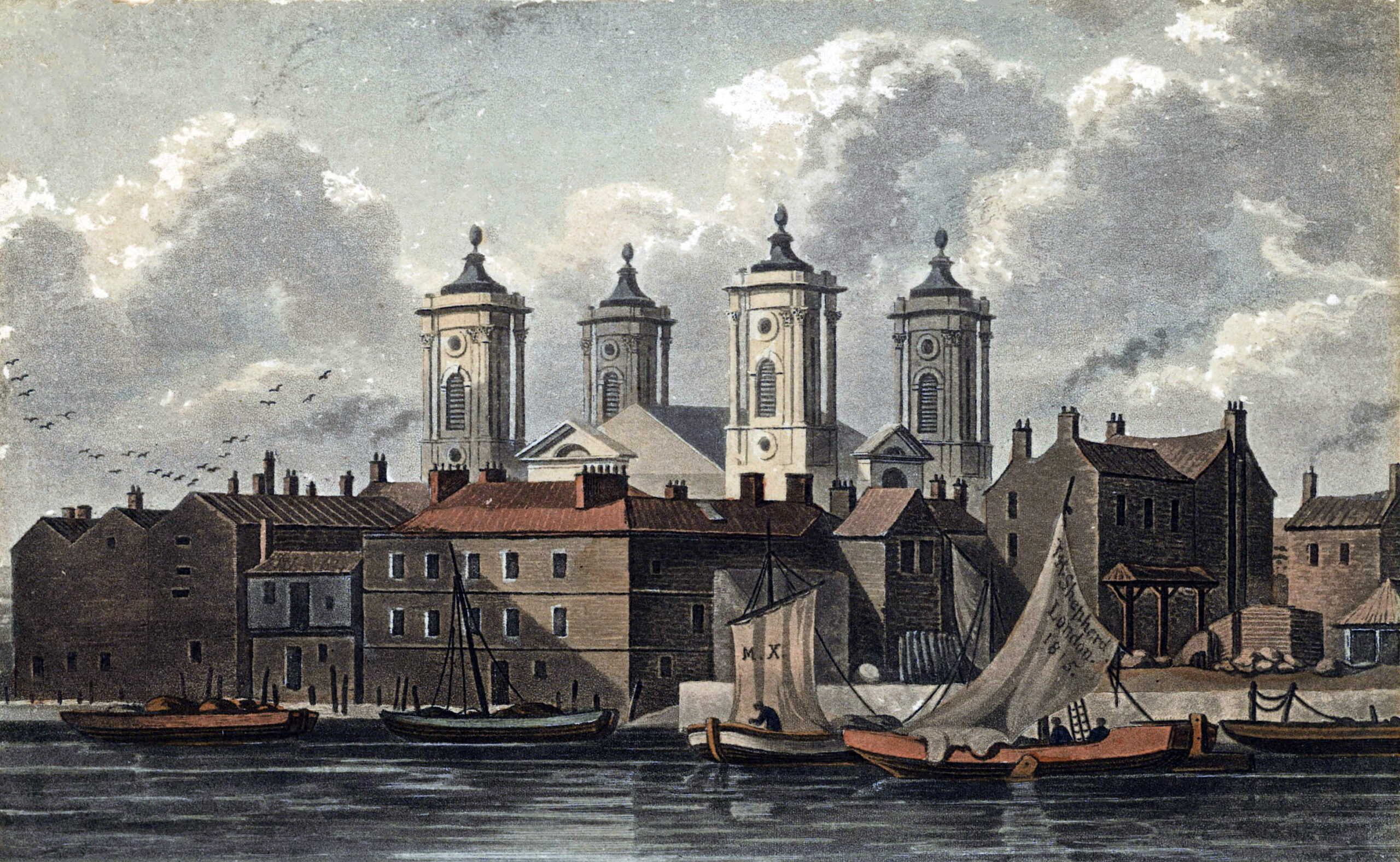
About Us
History

1711
The building of St. John the Evangelist is commissioned as part of the Fifty Churches Act. This Parliamentary bill proposed 50 new churches in London to meet the capital’s growing population. Only eleven were completed, which included St. John the Evangelist.
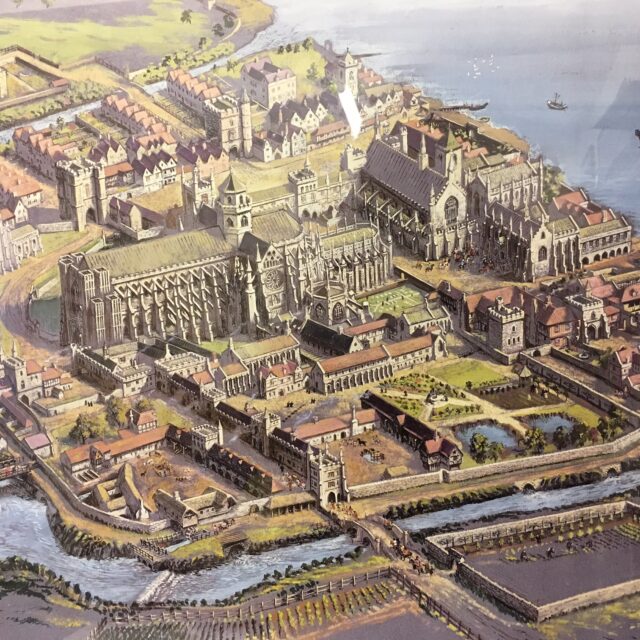
1713
The site for St. John the Evangelist is acquired from Henry Smith for £700.
The area was originally part of the marshy land, Thorney Island, which formed the core of Westminster. During the medieval period, it was used for agricultural purposes; however, with the growth of London, the land became more urbanised. By the 17th century it had been transformed into a thriving neighbourhood.
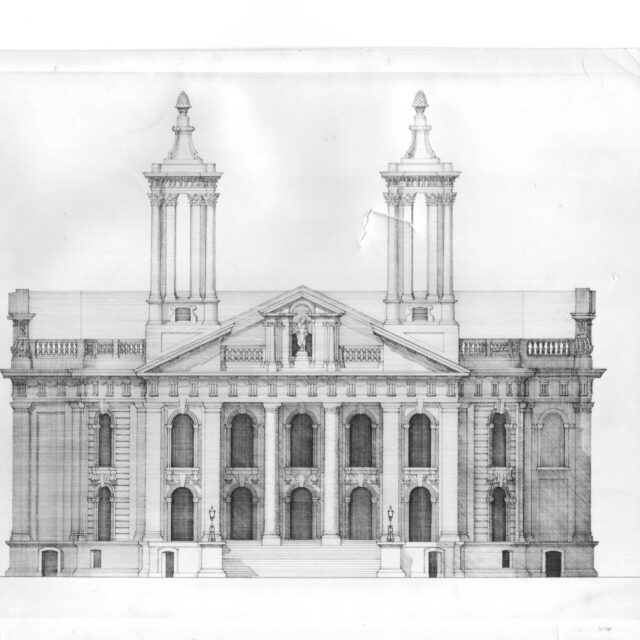
1714
Designed by architect, Thomas Archer, the construction of St. John’s begins. According to legend, when Archer asked Queen Anne (who was involved in the Fifty Churches Act) how she wanted St. John’s to look, she kicked over her footstool and snapped, “Like that!”. The building does have four towers which, despite having been inspired by Borromini’s Sant’Agnese in Agone in Rome, coincidentally has the appearance of an overturned footstool.
Due to unforeseen difficulties with the foundations, the church took fourteen years to build. It cost £40, 875 (approximately £5.2m today) – the most expensive of the new churches required by the act of Parliament.
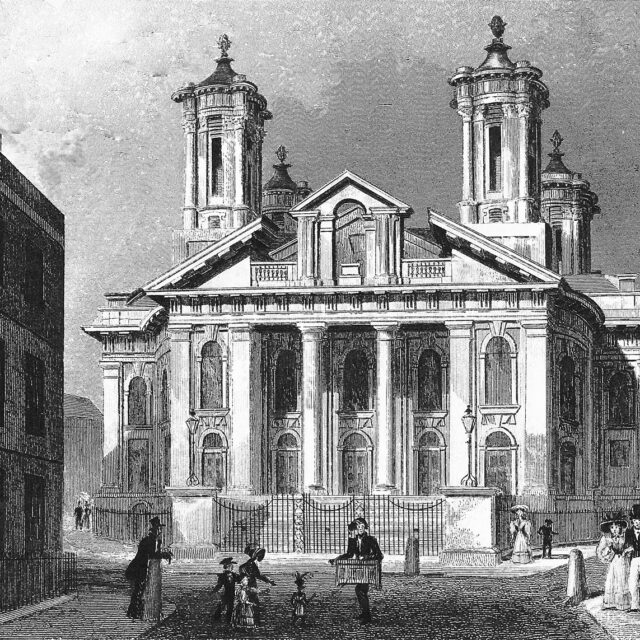
1728 - 1913
St. John the Evangelist is finally completed and consecrated in 1728. The building was, and still is, recognised as one of the finest examples of Baroque architecture in the UK.
It served as a parish church; however, experienced many misfortunes. In 1742, a major fire virtually destroyed the building. Just a few years after its reconstruction, the church was struck by lightning in 1773, and in 1913, it was the target of a Suffragette bomb plot. The force of the bomb caused the central stained-glass window to smash, and several of the gallery seats were shattered.
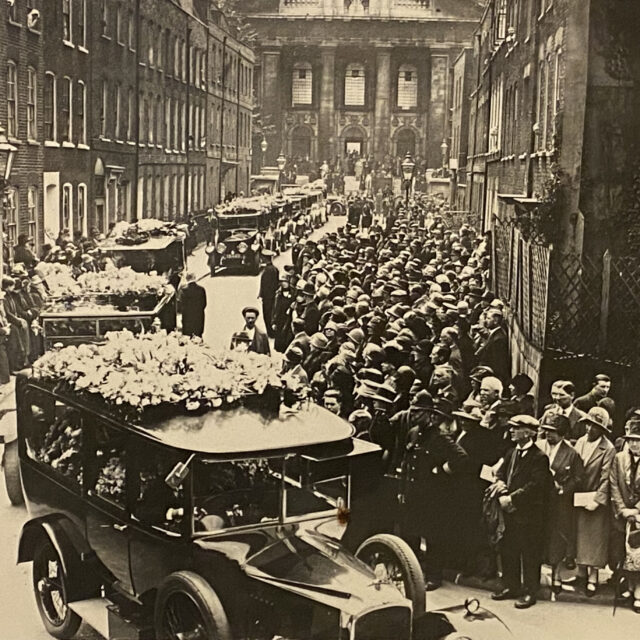
1928
The funeral of Emmeline Pankhurst, British Political Activist and leader of the Suffragette movement, was held at St John’s Church. 55,000 mourners attended.
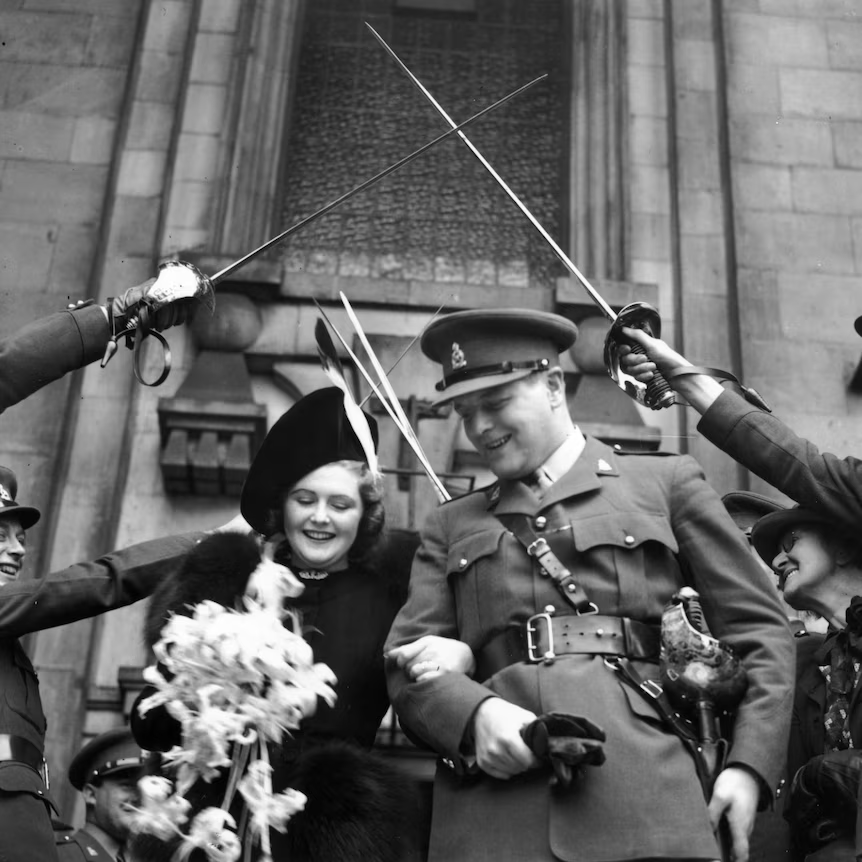
1939
The wedding of Randolph Churchill (son of Winston Churchill, the British Prime Minister) and Pamela Digby took place at St John’s Church. A highly publicised event, it is thought that around 300 guests attended, including politicians, aristocrats, and other prominent figures in society.
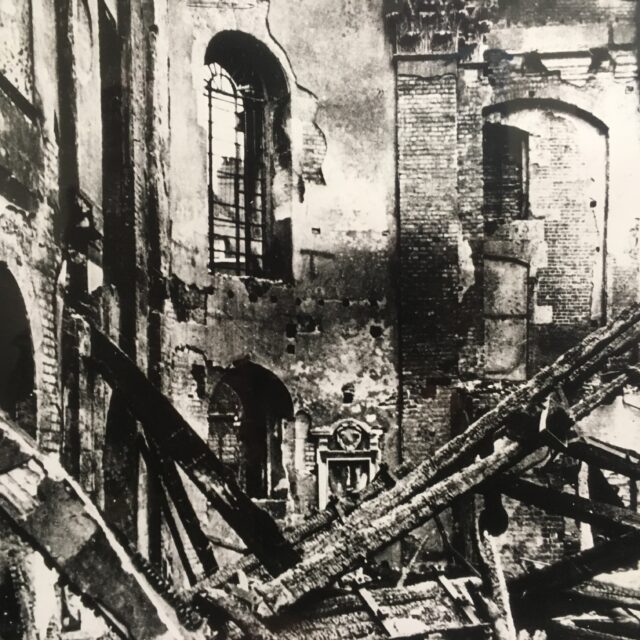
1941
On 10 May, the final night of the Blitz, the church was directly hit and gutted by a bomb. It lay in ruin for over 20 years, and there was talk of turning the site into a carpark.
The building was saved by Lady Parker of Waddington, who formed the Friends of St John’s in 1962, to raise money and restore it to Thomas Archer’s original design.
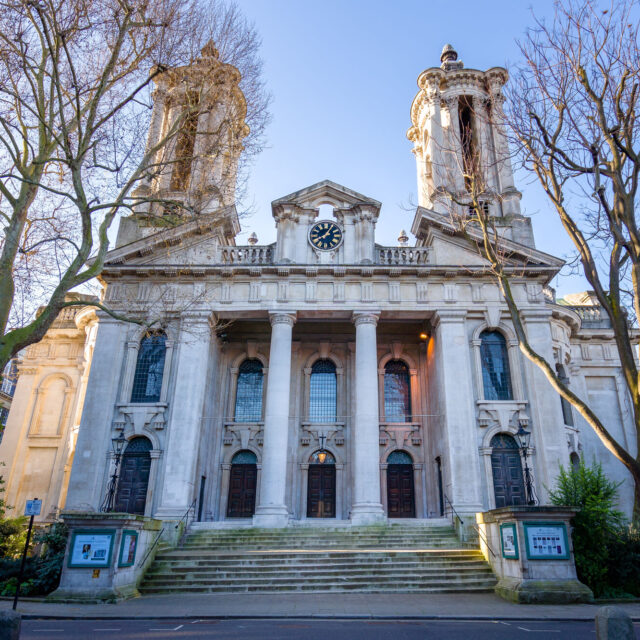
1969
After four years of reconstructive work, the building was reborn as one of London’s finest concert halls. The opening recital was given on October 6 1969 by Dame Joan Sutherland and Richard Bonynge. Since then, artists including Yo Yo Ma, William Walton, Daniel Barenboim, and Itzhak Perlman have performed in our 18th century home.
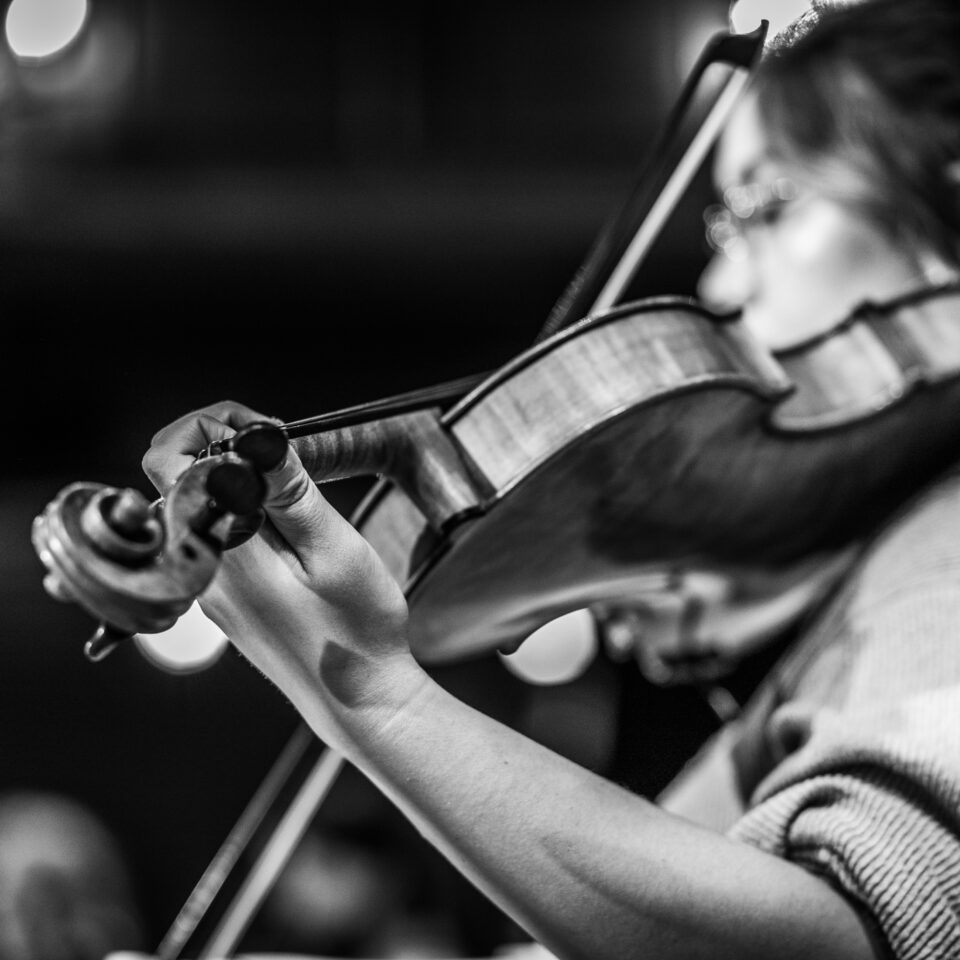
2002
Southbank Sinfonia is founded by Simon Over, Michael Berman CBE, and Katharine Verney. In its 22 years, over 650 musicians have completed the Fellowship, with many now occupying Principal positions in world-renowned orchestras.
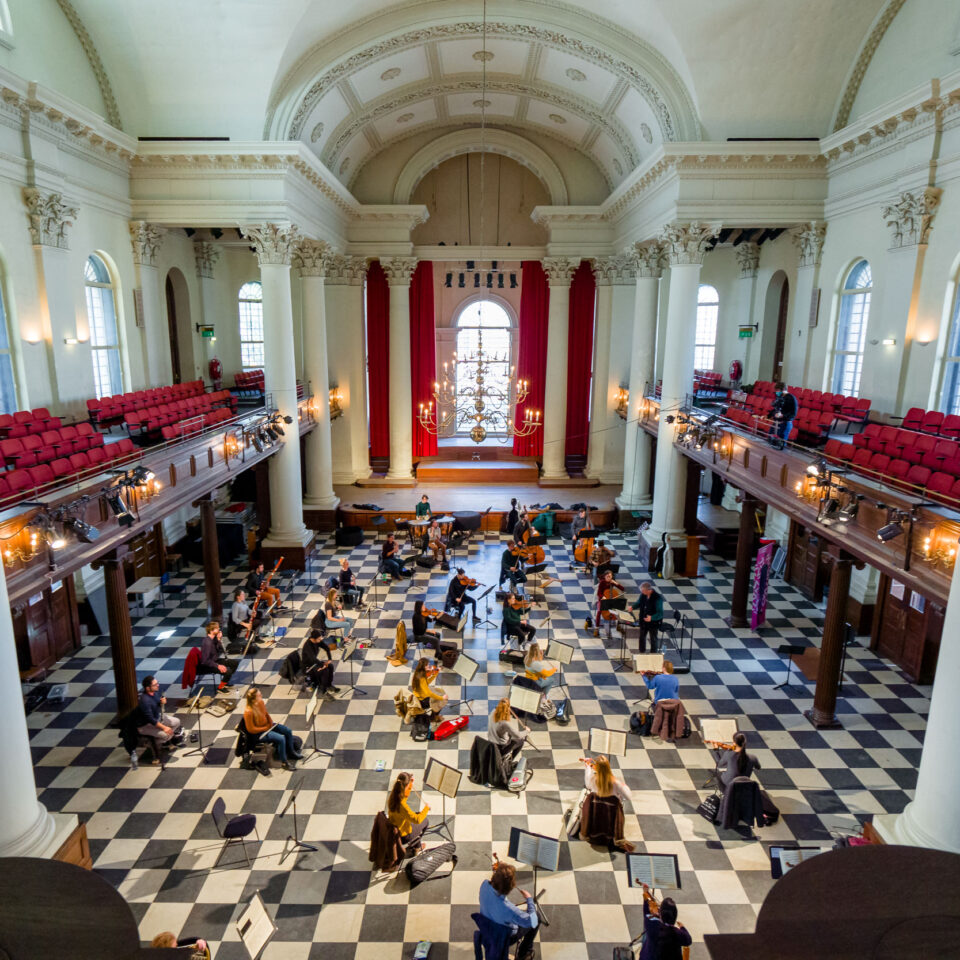
2021
Southbank Sinfonia and St John’s Smith Square merge to become one organisation, with a shared administrative staff and vision.
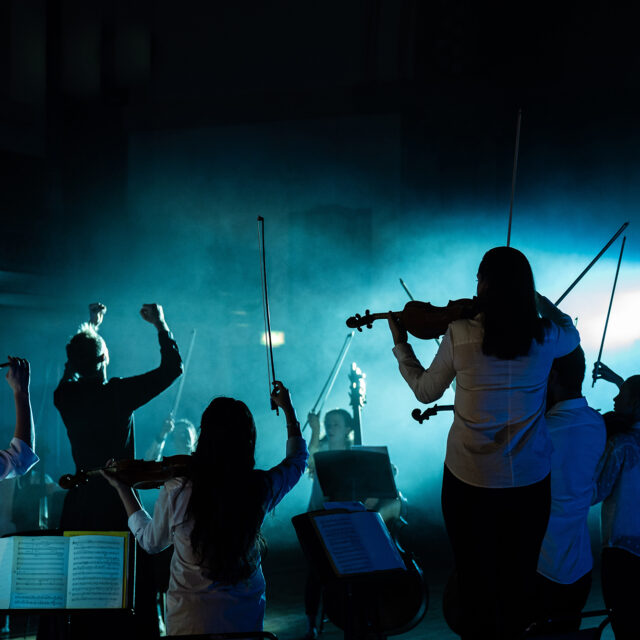
2024
Southbank Sinfonia at St John’s Smith Square enters a new era as it rebrands to Sinfonia Smith Square. A beacon for the future of classical music, its aim is to enrich lives through the universal power of music, alongside supporting exciting cultural initiatives for the enjoyment of the widest possible audiences.